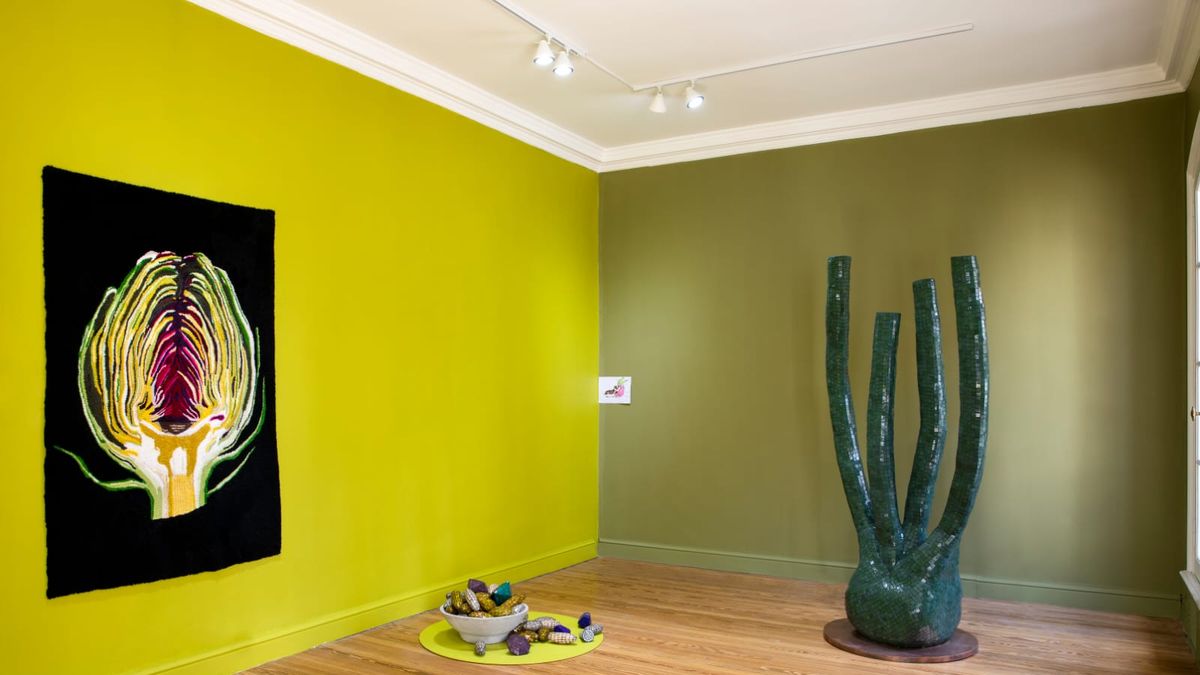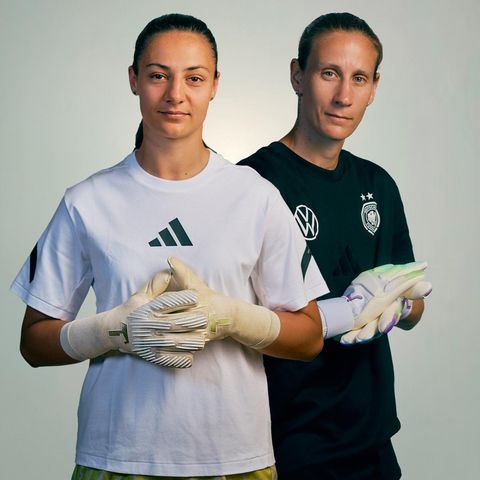In The White Lodge gallery last week was inaugurated “I love fennel”, of Nushi Muntaabski, cured by Cristina Schiavi. The artist and art criticism, active from the publications of the magazine “Canecalon” and the book “Duchamp’s girlfriend” (Emecé), was also a columnist of the Humberto Tortonese program. Today, oblivious to the urban removal arrives in the city from its Buenos Aires territory with sculptural and textile pieces belonging to a slope of art linked to nature. And although it leads a lonely and retired life, it has thousands of followers in the networks.
The artists have turned like never before seal an alliance with nature That, always, through art history has been a convening theme. But at present, since he began to show his wounds and the cataclys occur, our land claims greater attention. It became part of political issues. And it should be clarified that, although it is true that the expressions of art can be more eloquent than words, it is not easy to approach nature without falling into the repetition of the past.
Nushi Muntaabski learned the lesson of GAUGUINhe left the urban stage and settled in the middle of a beautiful garden. He did not arrive in Tahiti, but from suburban geography, perhaps he dreams of being there. As GAUGUINthe artist seems to extract something essential from nature, the grace he gives to her works. To start, surrounded by immense trees has a garden that provides it with food and, apparently, something much more important. And this is explained by the curator of the exhibition: “In his latest jobs Nushi Muntaabski Go back to crops. “
Her own life, away from the city, inspires her. The plantation, the care of the garden, the experimentation with botanical therapies, connect it with those women of antiquity called “healers” or “witches”. The tools they used to protect or cure were the same as Nushi uses: natural oils, powders, etc. Nushi Rescues empirical knowledge, related to organic such as vegetables, fruits, herbs and the healing. ”And right there the fennel was born. In an Instagram video, the artist exhibits the excessive growth of these plants that exceed two meters high and the limits of the garden.
In the entrance room to the gallery is an autorterate of the artist. A little woman whose head has the shape of a fennel, appears sitting on a comfortable white mullide wool where a purple onion is reproduced. The work has a certain degree of sublimation and an angelic beauty. Like the rest of the pieces, contemplation of genuine pleasure. During the vernissage, next to the fensors’ mujercita, in absolute still a white cat with the closed eyes that seemed to be part of the installation. Until the brief movement of an ear betrayed the animal. The cat’s whiteness refers to the name of the gallery: The White Lodge (the white lodge), a title that gives this presence a ghostly connotation. Anyway, and beyond this interference in the space of the installation, respect for the work and the almost wild nature of its origin is evident.
The careful exhibition exhibits a good example of professionalism. The assembly, the acid colors of the walls replicating the green of the fennel fields, and even the impeccable outfit of the artist, are details that configure an exceptional sample.
The experiences of Nushi Muntaabskitheir ideas, visions, reveries and beliefs, emerge in the magical forms, where it is possible to trace an aesthetic line that, due to the resounding simplicity of the motive, the fruits, vegetables and seeds, lacks ambiguity. His is not the mainstream or the appointment, but just the opposite: the search for a personal path without ever denying the history of the art of which it is nourished. The artist dates back without prejudice, however, it strengthens itself, even at the expense of simplifying their forms and colors and using a strange material.
It is difficult to describe the beauty of its fruits, vegetables, characters and seeds, given the material with which it works: the venices commonly used in construction to cover walls and pools. These small glass mosaics do not have the ductility of the clay, but the truth is that, in their hands, they acquire unexpected and unique qualities. Nushi Muntaabski has a personal seal that makes his work unmistakable and, to a large extent, comes from the material: bent, modeling and colored at his discretion.
Away from the conflicts that lead to face production and system, it has managed to place itself in a place of absolute freedom. From there I see other horizons. In that conducive territory, those wonderful fennel seeds that were asleep for centuries, can now bear fruit. “From the seeds, the essential oil is extracted, this oil was in Cleopatra’s tomb. Magic oil par excellence, calm, heats, menstrual pains, and relaxes, gives a feeling of well -being. It clarifies the mind, gives security and increases the will in moments of weakness,” discover the artist. While contemporary art announces the Apocalypse, Muntaabski definitely seeks healing. Is there magic? The penetrating perfume cream with a fennel and female phytormones condenses the knowledge of science and witchcraft. The syncretism, the meeting of the serene reasons for art with instinct and intuition is the great attraction of the artist.
Source: Ambito
I am an author and journalist who has worked in the entertainment industry for over a decade. I currently work as a news editor at a major news website, and my focus is on covering the latest trends in entertainment. I also write occasional pieces for other outlets, and have authored two books about the entertainment industry.




